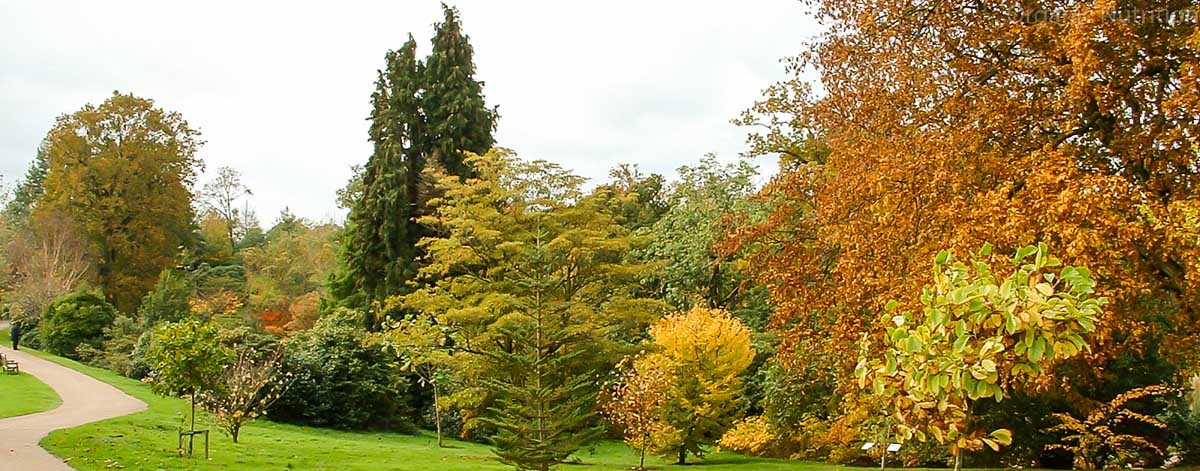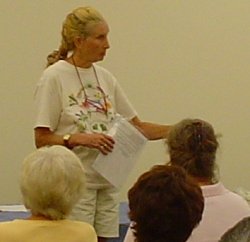What to Expect during Menopause
While women experience their own unique menopause, there are certain symptoms that occur more frequently than others; namely night sweat and hot flushes. Some women experience mild hot flushes for just a short while but others may find that they have these for months at a time and can range to being quite severe in intensity.
It is estimated that approximately up to 80% of women during their early or menopause months, experience hot flushes to some degree. The biggest hormonal changes women experience during their life are: puberty, pregnancy and menopause. During these times, there are changes in the levels of the major female hormones: estrogen and progesterone. It is thought that these fluctuations in hormones are responsible for hot flushes and night sweats.
What are Hot Flushes?
Basically, Hot Flushes are more severe than when you feel just your face flush a little. Hot flushes tend to affect much more of the body than just the face. They may often start with a sensation of heat sweeping through the upper body, moving up through the neck & face reddening the skin and causing free perspiration. The intensity often increases as the flush diffuses and may also be accompanied by a sensation of prickly heat.
Experiencing a hot flush for the first time can be a little overwhelming and so finding out about them is good step to being prepared. Short hot flushes can last anywhere from 1-5 minutes but extreme hot flushes can last from 15 minutes to one 1 hour for all the symptoms to start and then finish. They really do range in severity and length. Some women find they can go through them without a disruption to their daily routine, while others have difficulty coping as they can be extreme. There are many natural remedies that support coping with hot flushes and some of these are given further on this article.
What to expect during a Hot Flush
Here are some of the most common symptoms experienced during hot flushes:
Usually the first thing that will happen is a sudden intense feeling of heat in the face, neck, arms, torso. Sometimes this will extend into covering the whole body, at other times the flush will be confined to the upper part of the body.
Most often your face and neck will turn red as the flush takes hold and this may be accompanied with a prickly sensation on the surface of the skin.

What does a Hot Flush feel like?
Hot flushes range from mild to extreme. Mostly, they occur during the day. Here is a range of what to expect during a hot flush.
- Usually, just before a flush takes hold, there is a feeling of uneasiness.
- Flushing, or reddened face and neck.
- Sudden, intense feelings of heat in the face, neck, arms, torso, and sometimes this may spread out across the whole body.
- Rapid or irregular heartbeat and pulse, including heart palpitations.
- Some women break out into a sweat during a hot flush. Others may just experience a moist, upper lip.
- Cold chills often follow hot flushes, although sometimes only the chill is experienced.
- Hot feelings that may make you want to open a window and get some fresh air, followed by chills the next.
Other symptoms of hot flushes include:
- You may experience a feeling of dizziness or some feeling of disorientation.
- A feeling of nausea. Have plenty of fresh water to hand or a warm drink that you find soothing.
- Tiredness, sometimes experiencing a hot flush can be tiring and you may want to site down or lie down in the case of extreme ones.
- Headaches during menopause can be quite frequent.
- Heart palpitations or an irregular heart beat may accompany a hot flush.
- Often, hot flushes are accompanied by an increase in the heart rate and sometimes can cause an irregular heartbeat, including heart palpitations.
Usually, these symptoms do not last more than a few minutes but they can also last for a longer time.
Within minutes or longer in some cases, the flush feeling passes, and disappears with the same speed. The intensity and duration of hot flushes vary as do the number that women experience in a day. If you experience extreme hot flushes or experience any symptoms that cause alarm, it is recommended that you consult with your professional health practitioner.
What are Night Sweats ?
Night sweats frequently occur during menopause. They take place at night and often result in partially or fully soaked bed clothes. They are similar to the hot flushes experienced during the day. Night sweats occur are not dependent on the temperature of the room.
You may find that you wake up in the middle of the night with your heart pounding, feeling cold and clammy. You may find that your bed sheets are soaked and yet the room temperature is actually not that high. Night sweats often leave one with soaking clothes or an irrational feeling or disquiet.
Sleep disturbances are also a symptom of menopause. After one experiences night sweats, it may be hard to calm down and get comfortable night’s sleep. Night sweats, being part of menopause, are thought to be caused by the changing levels of hormones during menopause. Estrogen lowest at night, which is why women often experience nocturnal hot flashes.
Everything seems worse at 3am in the morning and if you cannot get back to sleep, take a short walk in the garden, or do some exercise or calming yoga in your living room. If is safe to do so, try to sleep with some fresh air circulating in your room and this will maintain a good supply of fresh oxygen throughout the night.
Menopause & Estrogen Levels
During menopause, the female sex hormones are recognised to be responsible for producing both hot flushes and night sweats.
There are drastic changes in the levels of these hormones during the menopause, with particular reference to estrogen, the hormone that helps to cause the female egg to ripen and prepare for fertilisation. Less and less estrogen is produced as menopause progresses resulting in at first irregular periods, until there are no more periods. It does not usually happen quickly, it usually takes a few months or sometimes even a few years.
The lessening amounts of estrogen affects not only the menstrual cycle but also one’s body temperature. Sleep and appetite may well be the most influential factor in women experiencing hot flushes and night sweats. Estrogen is largely made in the ovaries, although it can also be produced in the placenta during pregnancy and in lesser amounts in the adrenal glands which lie above the kidneys and in the body’s fat cells.
Follicle Stimulating Hormone & Leutinising Hormone
Between puberty and menopause, a women usually experiences a regular menstrual cycle. This involves the ripening of an egg in one of the ovaries every month and then the release of a mature egg, in preparation for fertilisation. During this process, estrogen levels rise naturally. In menopausal women, estrogen levels start to decrease, as the ovaries are no longer producing so many eggs.
The pituitary gland situated in the brain, is responsible for producing two key female hormones that play a major role in menopause and these are called the Follicle Stimulating Hormone (F.S.H.) and the Leutinising Hormone (L.H.). The Follicle Stimulating Hormone helps to stimulates estrogen production in the ovaries. The Leutinising Hormone helps to stimulates the production of progesterone, that in turn, strengthens the uterus in case of pregnancy.
During menopause, estrogen levels drop drastically because there are fewer and fewer eggs being produced in the ovaries.
In menopause, the levels of F.S.H. and L.H. levels stay high in response to lower estrogen levels. In response to the lower estrogen levels, the pituitary gland produces more F.S.H. and L.H.
It is this hormone response mechanism that is thought to be responsible for hot flushes. Menopause acts like an hormonal see-saw, the lessening of estrogen levels is accompanied by an increase in the amount of F.S.H. and L.H. During menopause, it has been estimated that the levels of F.S.H. and L.H. can increase by as much as 1300 percent during menopause. Woman experiencing menopause have much more of the pituitary hormones in their system than before menopause.

Natural suggestions for Hot Flushes
Each woman experiences different menopause symptoms and different levels of these symptoms. Indigenous cultures use natural remedies to support women going through the menopause. These have now become popular in our culture for the same reasons.
Red Clover Tea is a favourite soothing drink during the menopause years and has been used as a tonic for the female reproductive organs. Black Cohosh has been used traditionally by women of certain North American Indian societies, as a support for women who are experiencing menopause, especially those with extreme hot or volcanic hot flushes.
Motherwort tincture has been traditionally used by the Japanese, who claim that it is their secret herb of longevity. Motherwort may help to give support to women experiencing the more intense or volcanic hot flushes. Fenugreek tea is also used as a natural support during menopause and may help to lower the number of flushes during this time. It has been known to make sweat smell of maple syrup.
Regular Exercise & Balanced Diet
Regular exercise can help to tone the muscles and improve overall vitality levels. Walking in the countryside, taking regular, gentle exercise can prove to be beneficial. Not only does regular exercise improve the amount of oxygen reaching the cells but is also helps to increase the flow of waste products away from the cells. If you start to do exercise after a time of not doing much regular exercise, then it is recommended that you start off taking small walks and increase them, gradually.
A sensible dietary plan will benefit you greatly during the change of life. This should include plenty of high quality nutrients from all the major food groups: proteins, carbohydrates, vitamins and minerals, fats and fibre. Drinking plenty of fresh water daily is also recommended.
Nothing in this health article is intended to diagnose, treat, cure, prevent or recommend anything to do with any illness or disease whatsoever. This is for information purposes only.

